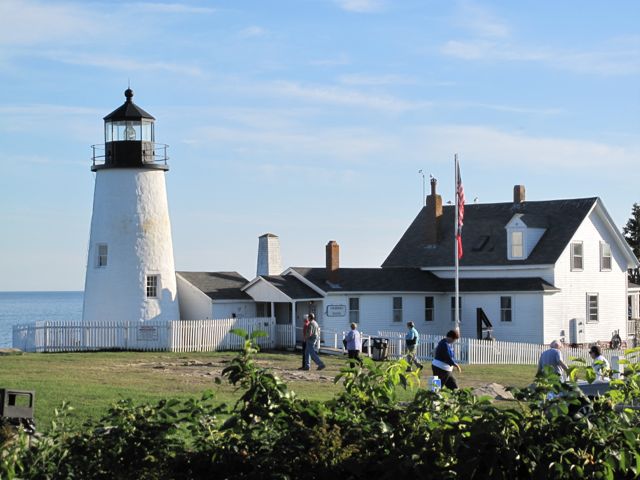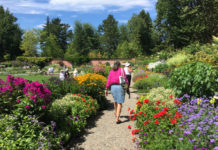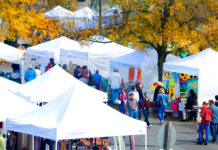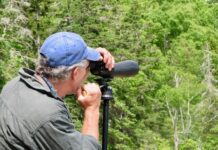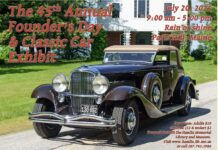
Just below my private elevated deck, I spot the welcoming committee – three hyraxes rustling in scrubby brush. Beyond that, the land drops 1,000 feet to the Mara Triangle, the northernmost point of the Serengeti-Mara ecosystem. Using the powerful Nikon binoculars supplied in my suite, I scan the sky-bordered, amber-hued savanna. Amid solitary Balanite trees, forests splotched with murky mudholes, and emerald green wetlands splashed with shimmery blue, I spy buffaloes, elephants, giraffes, and zebras. Welcome to Angama Mara, the luxury safari camp overlooking the Great Rift Valley in Kenya’s Maasai Mara.
Veteran safari camp operators Nicky Fitzgerald and her late husband, Steve, waited 15 years to gain the lease on this property, a location enshrined in the movie poster for Out of Africa. Picture Streep and Redford picnicking atop the world: That’s exactly where Angama Mara is sited. Angama, a Swahili word for suspended in mid air, is an apt name. The resort hugs the rim of the Oloololo Escarpment and floats above wildlife-rich Mara Triangle. Framed by the escarpment on the west, the Mara River on the east, and the Tanzanian border in the south, the triangle tips the Maasai Mara National Reserve, 500 square kilometers of marshes, open plains, and forested lands owned by the Maasai people and managed by the Mara Conservancy.
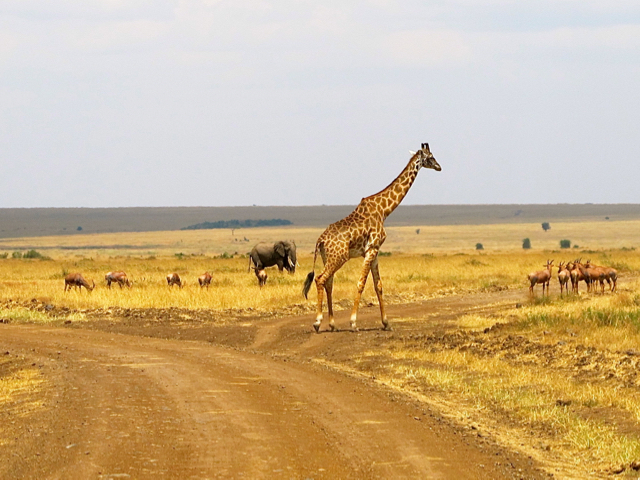
“Very few places in safari Africa have this kind of grand a-hah!” Nicki says. “We feel that all the things we’ve done in our life, which are many, have come to this place. This is our elegant swansong.”
The Fitzgerald’s, whose African hospitality career began in 1980, are best known for their 15-year career with CC Africa (now &Beyond), during which they not only grew the company from three to more than 55 properties but also elevated the luxury safari experience. Here, they’ve created two conjoined camps, each with 15 suites and its own lounging and dining lodge. They share a central pavilion housing a pool, fitness center, gift shop, and bespoke beading workshop.
The Suite Life

Guests enter each 1,076-square-foot suite is entered through a butler’s vestibule, where tea or coffee and biscuits are discreetly delivered as a morning wake-up call. Inside, the décor takes a back seat to that wall of glass and those forever views. I take in the canvas walls and ceiling, wood parquet floors, and John Vogel furnishings. Maasai-inspired colors, textures, and patterns—red chenille bed covering, luscious plaid woolen blankets, hand-beaded door handles—add zing. The whole is handsome and inviting, sleek and contemporary yet rooted in local culture, and brilliantly designed to maximize the 180-degree views. I can’t think of anything I might possibly need. From intriguing books to the Sony Xperia preloaded with info, nibble to sips; it’s all here.
“There’s something about this property that makes people want to sit and be. They watch the clouds, elephants, rainbows, snooze, open one eye, watch more,” Nicki says. “I love that. People need more of that.”

I agree, but tempting as it is to cocoon in my suite, the reason for my late-July visit is to experience The Great Migration. Each year, from July into October, more than 2 million wildebeest and zebras migrate northward from Tanzania’s Serengeti in search of fresh grasslands. The major obstacle impeding their progress is the Mara River. Crossing it requires descending steep banks, navigating rocky-bottomed waters, and avoiding 12- to 18-foot crocodiles anticipating easy feasts. “A guest had an amazing sighting yesterday,” Nicki teases. “The wildebeest were using the crocs as stepping stones in the river.”
I’m eager to see the same, and over the next five days, I head out on half- and full-day safaris with guide Sammy Mumbi and even take to the skies in a hot air balloon. One of the Mara’s plusses is that the abundance of wildlife negates the necessity of crack-of-dawn game drives. Mornings are leisurely, with time for massages, walks with Maasai naturalists, working out and swimming laps, visiting a local Maasai village, and simply relaxing.

The Fitzgeralds have applied their accumulated knowledge to the resort’s operation, making it far less rigid than most safari lodges. Meal times are flexible, menus are a la carte, and dining venues vary. During my stay I enjoy breakfast and lunch on the deck of the main lodge as well as on safari picnics and, most memorably, on the Out of Africa kopje. My dinner venues are even more varied: the cozy brick-walled library, the dining room, my deck, poolside, and a magical barbeque buffet in the bush. On one evening, local Maasai dance and sing for all guests in a sunset party overlooking the Out of Arica kopje.
Africa’s Big 5 and more
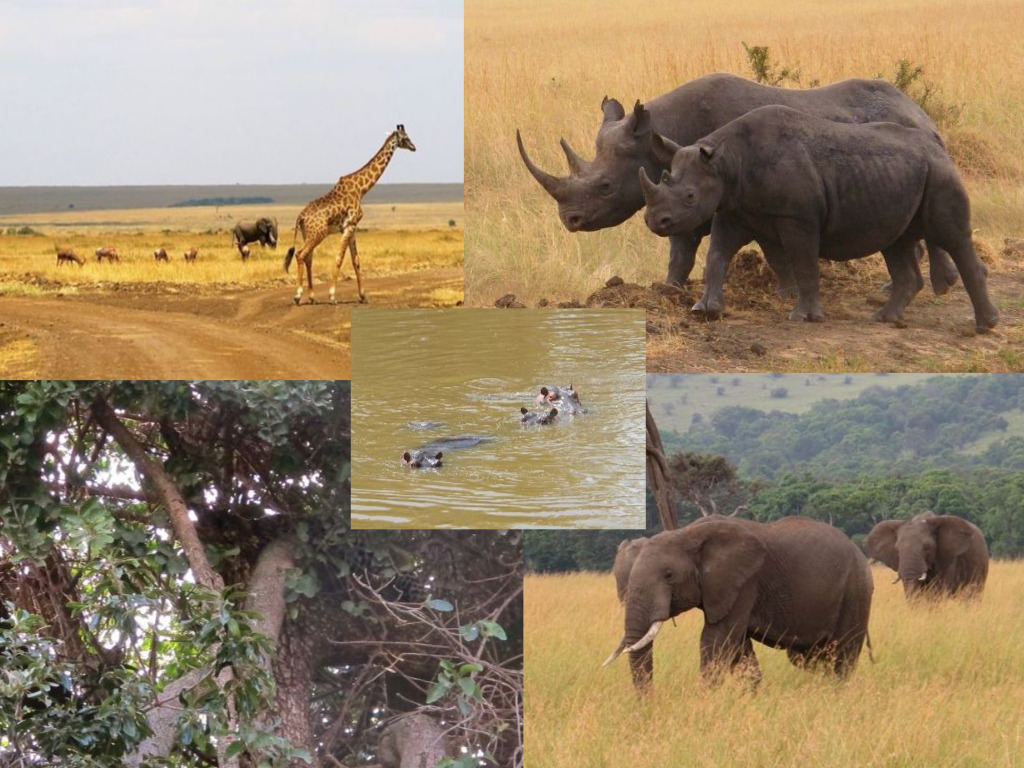
During previous African safaris, I’ve seen the Big Five—lion, leopard, black rhino, elephant, and buffalo, but not in such abundance. With Sammy, I sight lions and leopards in trees and with kills, elephants parading across grasslands, buffalo enjoying mud baths, and twice spy the rare black rhino—only 11 reside in the triangle. We see elusive cheetahs, jackals, and hyenas. Crocs and hippos eyeball us from the river, baboons frolic on hillsides, and zebra, giraffes, baboons, and ostriches graze amidst various antelope species as birds of prey soar overhead.
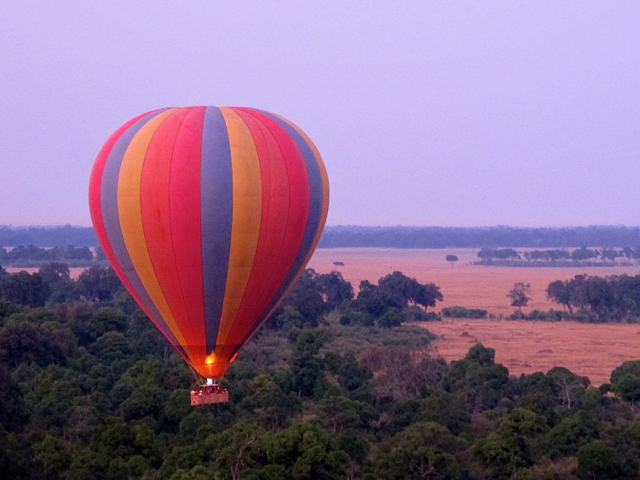
On the morning of the balloon flight, we depart the lodge, descending to the grasslands in the star-spangled predawn quietude. “This is the best launch site in the whole of Africa, and these are the best flying conditions in the world,” says pilot David Chipping, whose 28-year ballooning career has taken him around the globe. We launch in the predawn grayness, and with only the whoosh of flame as background music, rise above the Mara River. Watching a baby hippo disappears in a thrash of crocodile-stirred water below, I rethink my desire to see wildebeest suffer the same fate.
When the migration is in full swing, Nicki says the plains below Angama Mara will appear black with wildebeest, but they’ve yet to arrive en masse. Sammy takes me to crossing point near the Tanzanian border. Herds numbering in the hundreds if not thousands are approaching or milling on the other side, but lacking a leader, they worry to and fro, approaching and receding, but not crossing. “All it takes is one to start, and they’ll all follow,” Sammy promises. “Look at them; they’re made with God’s leftover parts. They have the slanted body of a hyena, the horns of a buffalo, the tail of a horse, the thin legs of a gazelle, and the face of a hartebeest.”

Silently, I will them to cross. We’re abandoning hope when a cloud of dust signals movement. They stampede across the river in a frenzied panic, scrambling up the steep bank, and regrouping on this side. Witnessing it is everything I imagined, if not more.
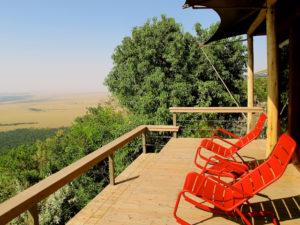
Back in my suite, wine in hand, I settle into a rocker on my deck and absorb the panorama. As the heat of day relents to the evening’s coolness and golden light cedes to smoky rose-hued blues, I listen to a wildlife symphony broken only by snippets of conversation riding on the breeze and a distant rumble of thunder. A lion roars; an elephant trumpets in reply. I float in a state of Agama Zen, simply sitting and being and wanting never to depart.
Note: Such all-inclusive (safaris, meals, drinks, accommodation, laundry) indulgence comes at a high price. As of 2018, rates begin at $1,200 pp/night.
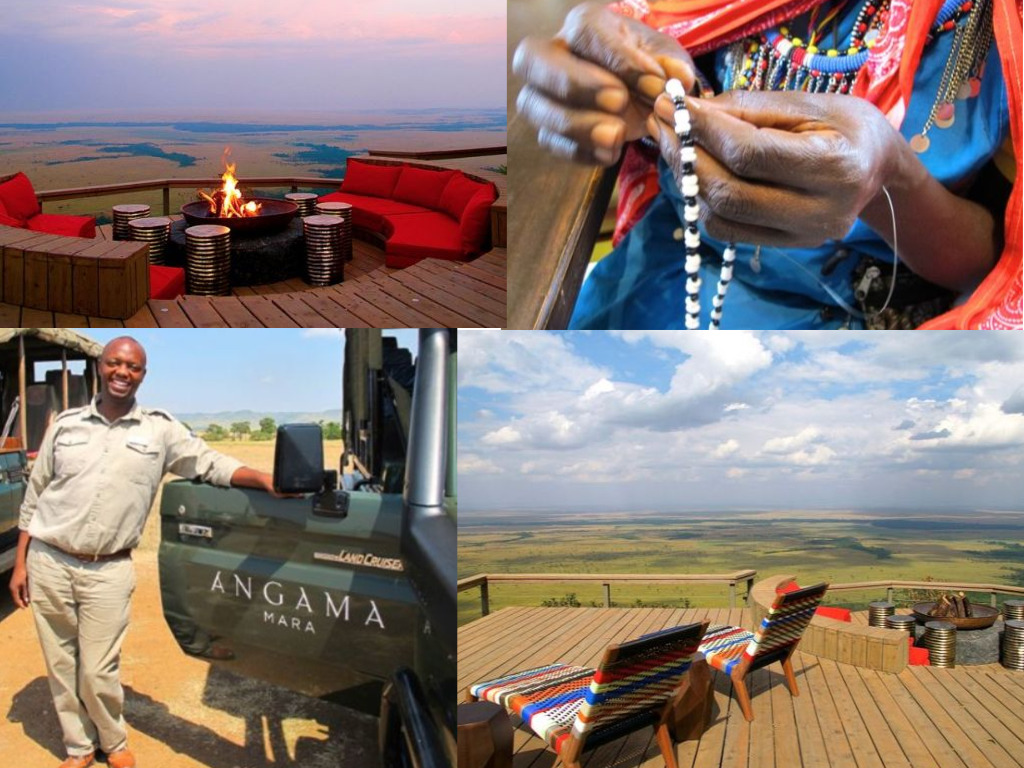
I traveled to Angama Mara in July, 2015, on assignment for Private Clubs magazine. An edited version of this article appeared in the Winter 2016 issue.


